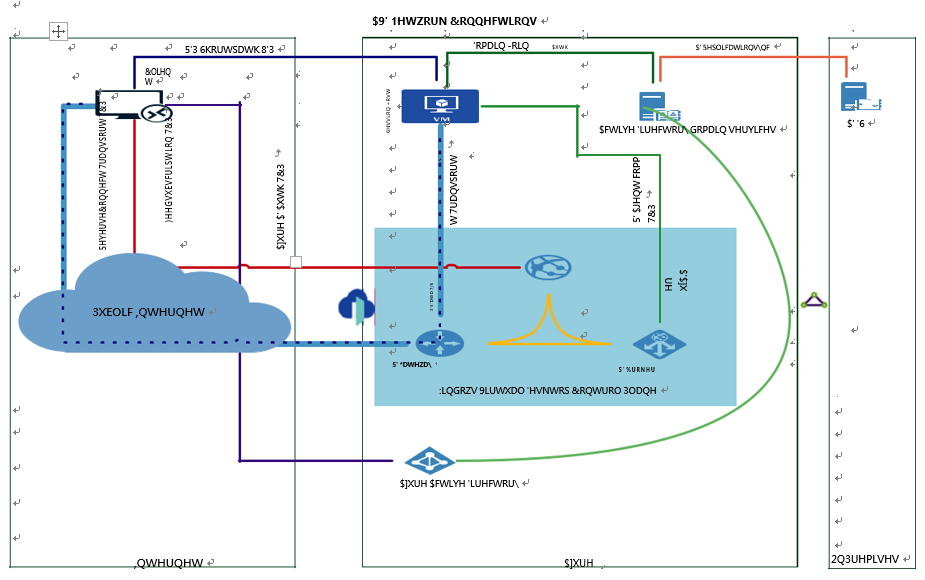What Is Azure Virtual Desktop? – Introduction to Azure Virtual Desktop
By Leatha King / April 2, 2022 / No Comments / Describe Service Level Agreements, Microsoft AZ-140, Microsoft Exams
What Is Azure Virtual Desktop?
Azure Virtual Desktop was previously known as Windows Virtual Desktop (WVD). AVD officially launched in September 2019, and Microsoft rebranded Windows Virtual Desktop as Azure Virtual Desktop in June 2021.
Microsoft Azure Virtual Desktop is a cloud-based virtual desktop that runs in Azure and allows end users to access organization-specific internal applications securely. Azure Virtual Desktop provides desktop and application virtualization capabilities for the enterprise with some exclusive features such as Windows 10 enterprise multisessions, which allows multiple users to concurrently connect to a remote desktop on a cloud-based virtual machine. AVD provides a familiar user experience to RDS users with optimal app compatibility and no RDS CAL licensing on Windows 10 multisessions. Windows 7 is also available with extended support so you can run your legacy apps securely and efficiently in the cloud.
© Arun Sabale and Balu N Ilag 2022
A. Sabale and B. N. Ilag, Microsoft Azure Virtual Desktop Guide, https://doi.org/10.1007/978-1-4842-8063-8_1
Traditionally, deploying a VDI was often considered time-consuming and complex because of the hardware and software license procurement for VDI deployment for each region. Additionally, VDI depends on several key components including VDI brokers, database servers, session host machines, domain controllers, and more to work together seamlessly. Azure Virtual Desktop is a cloud-based VDI solution that provides all the benefits of the cloud such as easy scalability, availability, security, high availability, easy disaster recovery, and most importantly cost. The Azure Virtual Desktop service is available in most regions so you can deploy a desktop in any available region with less lead time.
The pandemic has accelerated the number of companies leveraging cloud resources; with most employees are working from home, it is difficult to accommodate the high demand for infra resources with limited on-premises infrastructure and network setup. That’s where Azure Virtual Desktop is useful. Organizations can simply deploy desktops in the cloud based on the organization’s requirements and following its security and compliance policies.
Azure Virtual Desktop provides a solid foundation for a cloud VDI based on Windows server and Windows desktop hosts to keep end users productive. AVD also manages the virtual desktop broker, gateway, diagnostics, and metadata for you, and you will still be able to manage/control the virtual machines, operating system, and network and make sure AVD is compliant as per the company’s policies. The Azure portal is your management hub for Azure Virtual Desktop. Admins can configure network settings, add users, deploy desktop apps, and enable security with a few clicks from the Azure portal. Additionally, PowerShell and ARM templates can be used to create/configure/manage AVD host pools, workspaces, and session hosts. See Figure 1-1.

Figure 1-1. Azure Virtual Desktop control plane
